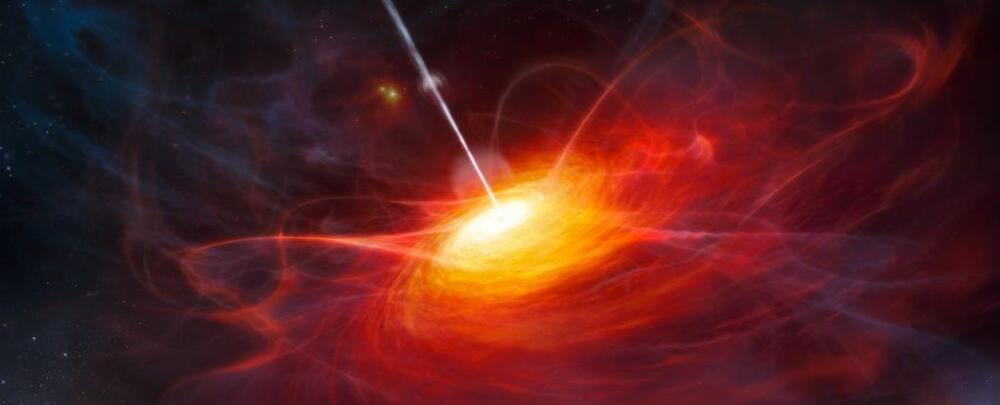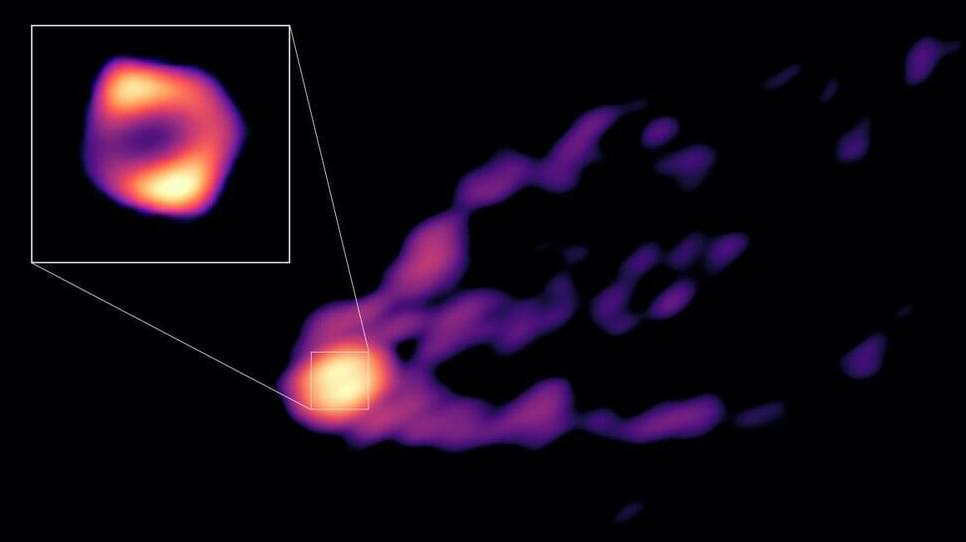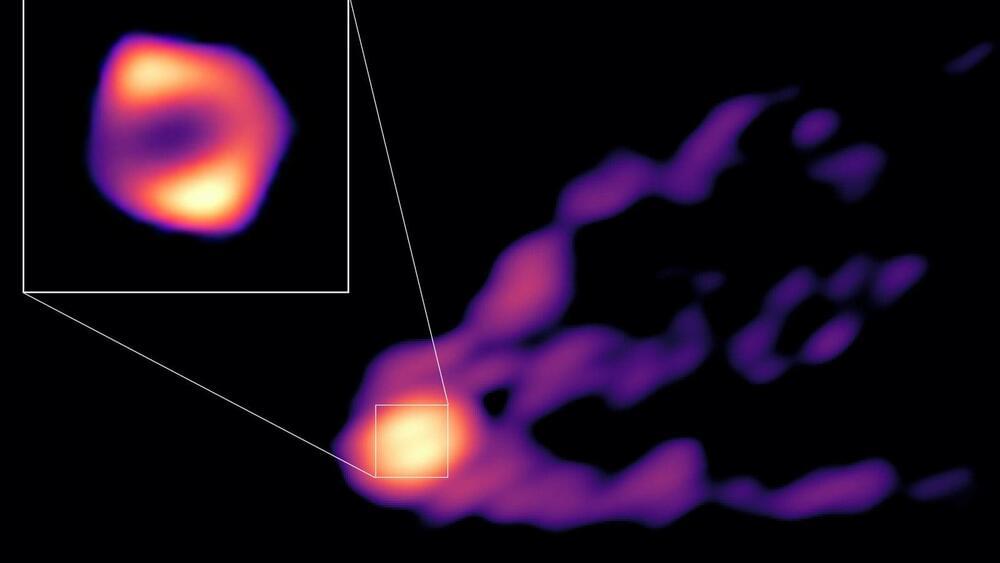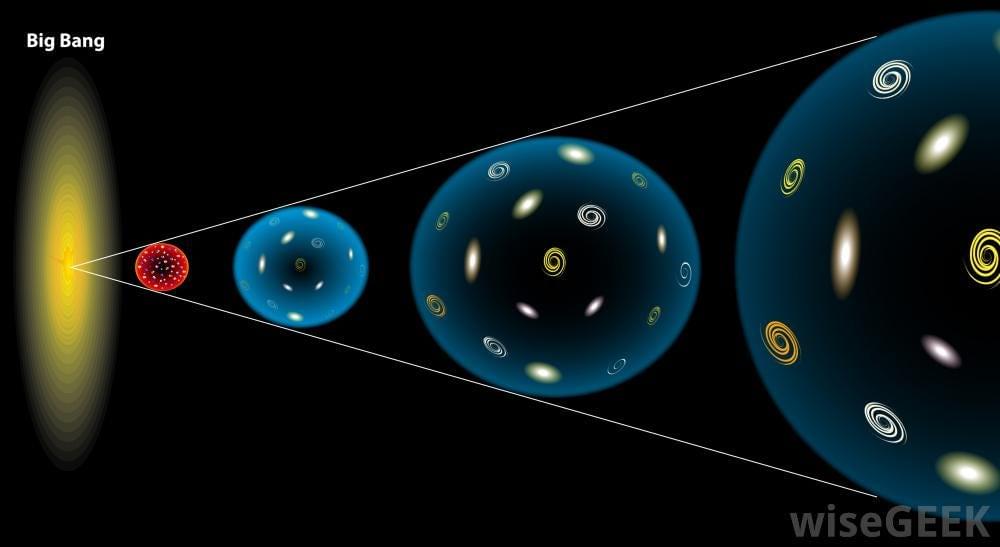Apr 27, 2023
We Finally Know How Quasars Become The Brightest Objects in The Universe
Posted by Paul Battista in categories: cosmology, materials
The Universe is swarming with galaxies, billions upon billions as far as the eye can see. And among this multitude, some galaxies really stand out in a spectacular way.
These are the quasar galaxies. Powered by an active supermassive black hole guzzling material at such a tremendous rate, they blaze with some of the brightest light in the Universe, lighting up the galactic center right across the electromagnetic spectrum. For decades, astronomers have wondered why some galaxies have such extreme activity and others do not.
Now they think they’ve cracked it. By making a careful study of nearby quasar and non-quasar galaxies, a team led by astrophysicist Jonny Pierce of the University of Hertfordshire in the UK concludes that, in a majority of cases, quasar activity is triggered when two galaxies start the process of colliding and merging.

















